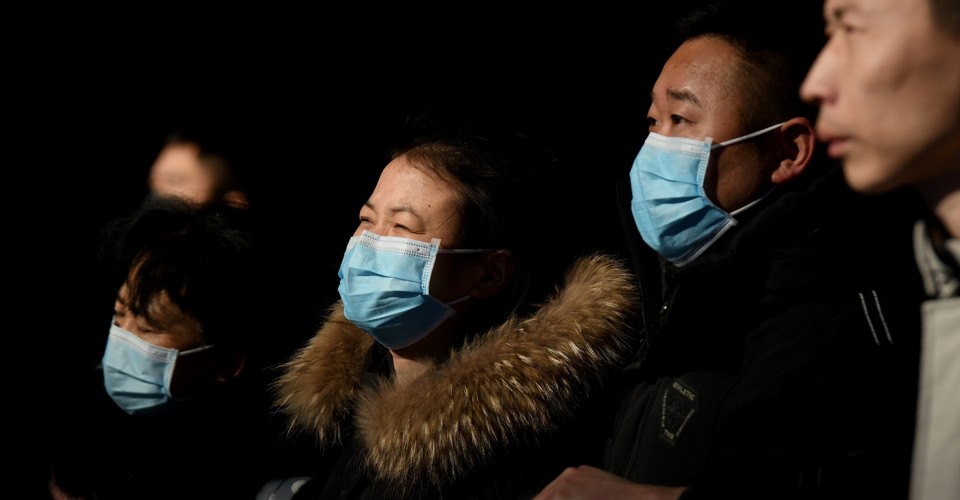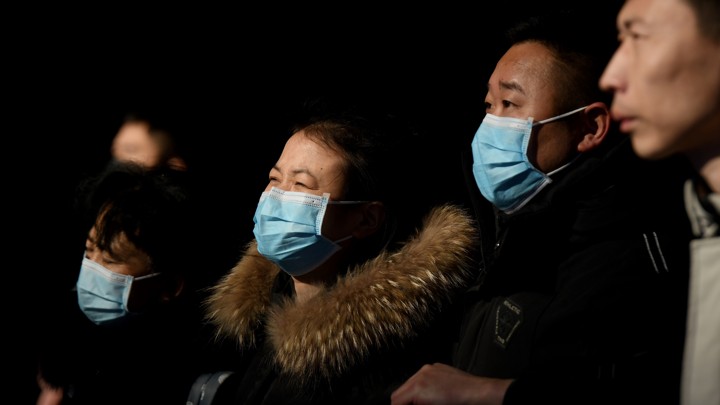On Thursday, Nahid Bhadelia left rural Uganda, where she had been helping to set up a center for studying viruses such as Ebola. Before she left, she was peppered with concerned questions about when 2019-nCoV—the new coronavirus that has rapidly spread through China—would appear there. The virus had already reached 23 other countries, and when Bhadelia, an infectious disease physician at Boston University School of Medicine, arrived in Amsterdam on Friday morning for a layover, she noticed that a quarter of the people in Schiphol Airport seemed to be wearing face masks. When she landed in Paris for a second stop, she paused to deal with the barrage of tweets and emails that she had been getting about the new virus. “I’m not as worried by the disease as from people’s reactions to it,” she told me over Skype. “People are freaking out.”
The virus emerged in the city of Wuhan in December, and has infected more than 17,200 people. The large majority of cases have been in mainland China, but more than 140 have been detected elsewhere. At least 361 people have died in China, and one in the Philippines. In response, the World Health Organization recently declared a “public-health emergency of international concern” (PHEIC)—a designation that it has used on five previous occasions, for epidemics of H1N1 swine flu, polio, Ebola, Zika, and Ebola again. The invocation of a PHEIC is a sign that the new coronavirus should be taken seriously—and as the sixth such invocation in a little more than a decade, it is a reminder that we live in an age of epidemics.


